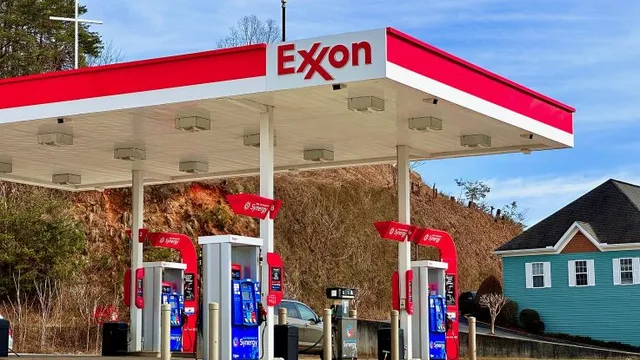
Judge dismisses climate change lawsuit against oil companies
2025-05-20 13:48- A Pennsylvania judge ruled that a climate lawsuit filed by Bucks County exceeded the jurisdiction of local courts.
- The case against major oil companies raised significant concerns about the limited public engagement in its initiation.
- The ruling contributes to a growing trend in courts rejecting similar climate lawsuits, affirming the preeminence of federal regulation over state-level claims.
Express your sentiment!
Insights
In March 2024, a Pennsylvania court dismissed a climate lawsuit filed by Bucks County against several major oil companies. Judge Stephen Corr ruled that the case exceeded local authority and fell under federal jurisdiction, as emissions from these corporations are regulated by federal law due to the interstate nature of carbon emissions. The lawsuit aimed to hold companies like BP, Chevron, and ExxonMobil accountable for their contributions to climate change, with the county seeking to alleviate the financial burden on local taxpayers from environmental damages. Judge Corr expressed concerns regarding the lack of public engagement in Bucks County's decision to pursue the lawsuit and emphasized that the Clean Air Act preempted state-level actions on these claims. This ruling aligns with a wider trend across state and federal courts, which have consistently found that climate litigation should adhere to federal regulations rather than state-level legal actions. The dismissal marks a significant setback for similar lawsuits being pursued in various Democratic-led states and cities across the United States, as they attempt to hold fossil fuel companies accountable for environmental impacts. Experts have noted this ruling as a reinforcement of jurisdictional limitations pertaining to climate change lawsuits, with many arguing that such cases are attempts at 'lawfare' against the oil industry rather than viable legal claims.
Contexts
The history of climate change litigation in the United States is a significant aspect of the broader struggle against climate change, reflecting the evolving relationship between environmental law, public policy, and science. Over the past several decades, numerous cases have emerged that test the boundaries of legal frameworks designed to address environmental challenges. Early cases, beginning in the 1970s, primarily focused on pollution regulations and enforcement under the National Environmental Policy Act (NEPA) and the Clean Air Act. As scientific understanding of climate change deepened, the scope of litigation expanded to include claims related to greenhouse gas emissions and public health impacts. This period marked a critical turning point, as plaintiffs began to establish a legal basis for holding both state and federal agencies accountable for their roles in addressing climate-related issues. By integrating scientific evidence into legal arguments, environmental advocates successfully leveraged existing laws to challenge government decisions and corporate practices that contribute to climate change. The 2000s saw a notable increase in climate change litigation, which coincided with rising public awareness of the issue and heightened urgency for policy changes. Landmark cases included Massachusetts v. Environmental Protection Agency (2007), where the Supreme Court affirmed the federal government's authority to regulate greenhouse gases under the Clean Air Act. This ruling was pivotal, as it not only recognized the dangers of climate change but also set a precedent for future litigation efforts. Following this decision, various states and municipalities initiated lawsuits against major fossil fuel companies to hold them accountable for their contributions to global warming and associated damages. These cases often utilized novel legal theories related to public nuisance, consumer protection, and climate adaptation, asserting that these companies knowingly contributed to climate harm. As we moved into the 2010s and beyond, the scope of climate change litigation continued to evolve. Courts increasingly saw cases that involved a diverse range of stakeholders, including youth plaintiffs and local governments, who argued that the federal government's inaction on climate change violates their constitutional rights to a stable environment. Cases like Juliana v. United States exemplified this trend, showcasing how younger generations began to advocate for their futures through the legal system. Additionally, the rise of global climate litigation, with many nations experiencing similar trends, underscored the interconnected nature of climate change as a transnational issue. Jurisdictions across the United States engaged with the complexities of climate science and the responsibilities of various actors in mitigating environmental impacts. Looking ahead, the future of climate change litigation in the U.S. is likely to continue on an upward trajectory, driven by escalating climate events and growing public demand for accountability. As the legal landscape shifts, the integration of scientific research into legal strategies will become even more critical. Attorneys, policymakers, and advocates must remain vigilant and adaptive in their approaches to climate challenges. With courts being seen as potential venues for significant change, climate litigation may play a crucial role in shaping a more sustainable future. Overall, the history of climate change litigation in the U.S. serves as a testament to the power of law in driving social change and addressing one of the most pressing issues of our time.